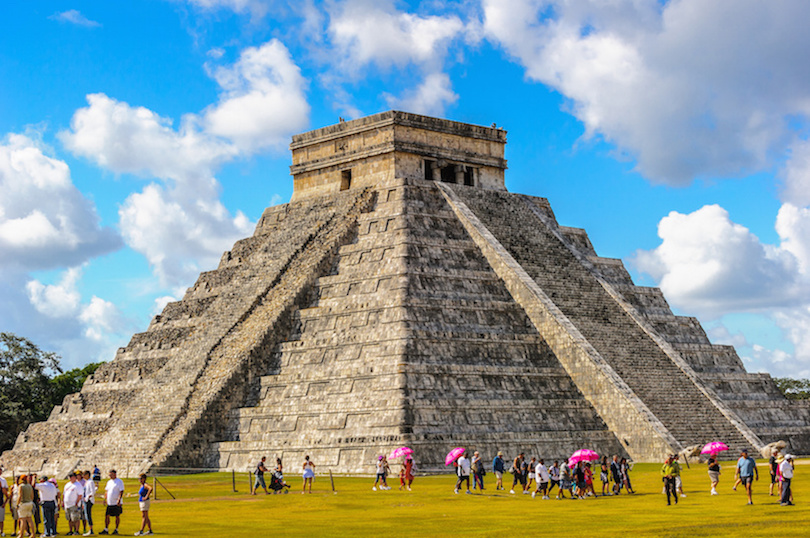Mexico’s Secretary of Tourism, Miguel Torruco, bet this Sunday on the country’s capacity to consolidate itself this year as a “tourist power”, thanks to an increase in foreign visitors and greater foreign exchange earnings.
“This year, Mexico will consolidate its position as a tourist power in economic terms by the current administration’s tourism policy, which prioritizes foreign exchange earnings and per capita spending,” said the Mexican official in a press release.
Torruco specified that according to official estimates, the Latin American country would reach US$31.17 billion in revenues from international tourists by 2023.
This would represent an increase of 11.3 percent over the previous year and 26.8 percent over 2019, the year before the COVID-19 pandemic.

The agency reported that for the current year, 39.4 million international tourist arrivals are expected, a figure that would represent a 2.7 percent increase over 2022 and would be 12.6 percent away from reaching 2019 arrivals.
“Average spending per international visitor is estimated at US$448.2, representing a 77.6 percent increase over 2019,” according to the official.
He also projected an average annual hotel occupancy of 59.3 percent in 2023, placing it 2.6 percentage points above what was observed in 2022 and just 0.9 percentage points away from reaching what was recorded in 2019.
Torruco underscored that tourism consumption is expected to exceed US$164 billion by this year’s end, representing a 7.5 percent increase over last year’s estimate.
The minister assured that the Tourism Gross Domestic Product (GDP) participation in the Mexican economy increased by seven-tenths of a percentage point.
It went from 6.8 percent to 7.5 percent in 2020 and 2021, respectively, so that by 2023, a participation close to 8.6 percent is estimated, a similar level to that observed in 2019.

